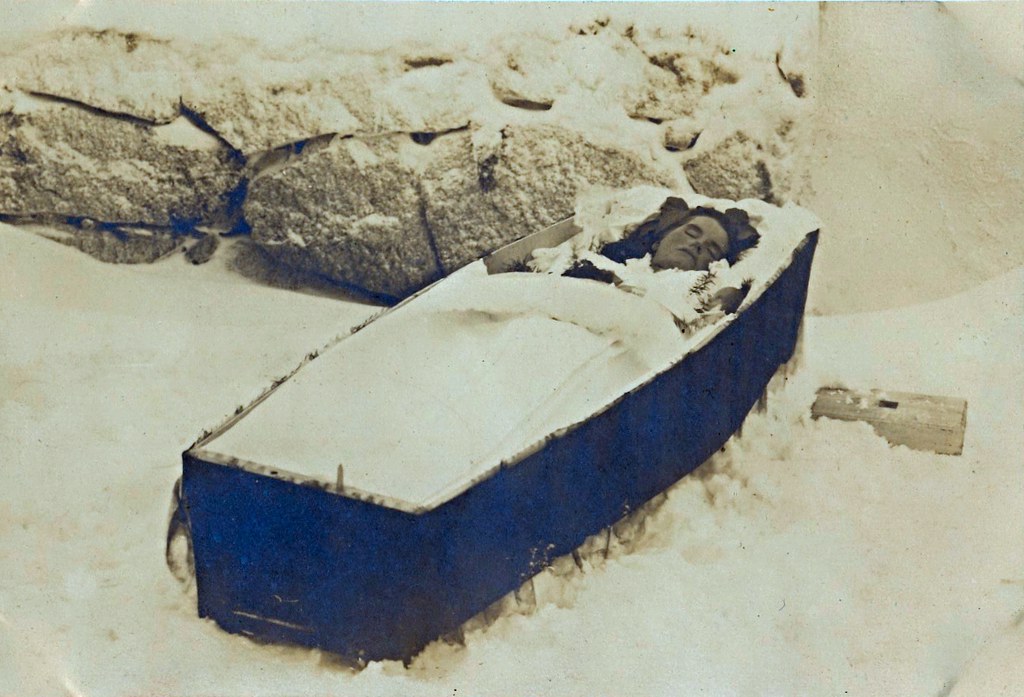Placental Abruption

Placental Abruption is a medical condition in which the placenta or umbilical cord is not able to completely exit the birth canal
This is an extremely dangerous condition, and if left untreated can be fatal for both mother and child. There are two ways to prevent placental abruption, and this article will explore those options.
Placental abruption can be caused by a multitude of factors. One factor that causes placental abruption is breech presentation. If your baby is born with an "A" shaped birth canal, it will more than likely cause this condition. Other possible causes include structural issues with the delivery room, such as poor access or uneven walls, and abnormal placental positioning.
If the placental cord or placenta has not yet exited the birth canal when it should, you can still deliver the baby naturally. This method, called Caesarian section, is the only method known that can keep the placental cord and the entire body of the unborn child outside the birth canal. In order to have the cord and the child removed, doctors have to cut the umbilical cord and remove the remaining tissue along with the placenta. The most common method of removing the placenta is to insert a laparoscope through the birth canal into the abdominal cavity. The doctor then uses a stethoscope to listen to the placenta, taking note of any irregularities that may need further attention.
Although this method of delivery is the least risky of the two natural childbirth option, it does carry its own risks. Because it involves cutting the placenta, there is a greater chance that the placenta will rupture during delivery. Some women report hearing an "electric" sound, which is another indication that their placenta might be rupturing.
When a placenta does become too damaged, it can result in infection, scarring, and other complications in the baby's life. It is also very important to ensure that the placenta is removed at the conclusion of the pregnancy, as there may not be enough time to remove it during labor and delivery.
Another way to prevent placental abruption is to use certain medications that are given to pregnant women before, during and after giving birth. These medications help to improve blood circulation, which prevents blood from clotting within the uterus. Also, these medications increase oxygen supply and reduce the chance of infection. This is another reason many women choose to have a natural childbirth.
One of the most common medicines used to treat placental abruption is ampicillin, which is taken in pill form. If the placenta has already ruptured, ampicillin can also be used to stop bleeding during labor.
If your doctor recommends medical intervention to prevent placental abruption, the first thing you should do is consult your doctor. They may recommend one or a combination of the two. A caesarean section is most often recommended. However, they may also recommend natural childbirth, which can be safe and gentle.
Although caesarean delivery is risky, it is still considered a safe delivery method. Doctors recommend that women with this type of labor wait to have a C-section until labor has lasted until about four to five weeks after the start of pregnancy. At this stage, the cervix needs to be dilated and the cervix can actually open up for the baby to enter the birth canal. Once the baby is inside, it will be able to move freely and it will be more difficult for your body to push the baby to the other side if the cervix remains open. If the baby pushes too far, he may end up in your fallopian tubes.
With a vaginal delivery, you don't have to worry about the risks associated with a cesarean section and you can choose the method that works best for you. This method also carries some risks, such as infections and scarring, and is described in more detail on the website https://www.grandu.co.th/. If your doctor suggests this option, it is a good idea to make sure to inform your doctor before you begin your vaginal delivery plan.
Because both methods of natural childbirth can be dangerous, you should talk to your doctor before beginning the process to determine which one is right for you. If you are having a natural childbirth, you should also ask your doctor for advice on ways to avoid the complications that can occur in childbirth. Many women find that drinking plenty of fluids before, during and after birth can help prevent any infections, which may help you to minimize the risk of a placental abruption.
Some women have also discovered that by changing positions, such as lying on your back during your C-section and performing cesarian maneuvering in order to get the baby out can help to avoid placental abruption. You may even want to try to exercise before, during and after your child birth to increase your chances of avoiding any complications. Other women have found that exercise and relaxation techniques, such as deep breathing, are very helpful for avoiding an abruption.